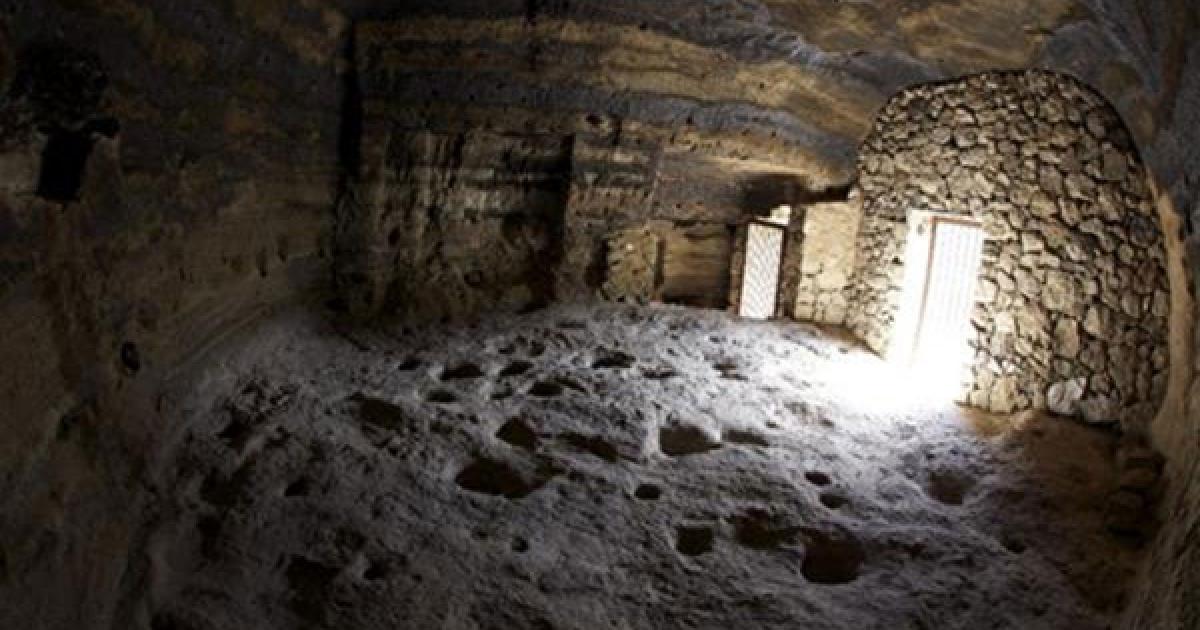
Ancient Cave in Spain reveals advanced astronomical knowledge of inhabitants
Research carried out in a cave located on the Canary Islands in Spain, in what was probably the indigenous region of Artevigua, suggests that the ancient islanders had an advanced understanding of cosmology. Besides marking the equinoxes and solstices, the light that beams inside the cave also recreates images related to fertility.
Artevigua was an important settlement of the earliest Canarians, whose place names disappeared in the 18th century, possibly due to the eagerness of the Catholic Church to Hispanicize place names used by previous inhabitants. The cave is one of many Aboriginal caves in the region which were inhabited by ancient people and reused later by the current inhabitants of the island until the 1940s.
Fertility symbols
“The cave was used as a temple and, besides its astronomical function, the light creates in its interior a mythological account of fertility, the likes of which exist nowhere else in the world,” said archaeologist Julio Cuenca, in an interview with Efe. “It’s like a projector of images from a vanished culture.”
Cuenca, who has investigated the area for the last two decades and specialises in researching the mountain sanctuaries of the ancient Canarians, explained that during a six-month period the light creates phallic images on cave walls that are covered with engravings of female pubic triangles. As the months go by, the projections of sunlight gradually cover the triangles, and as the summer solstice approaches and fall arrives, the images are transformed into that of a pregnant woman, and finally, into a seed.

Inside the cave, triangle engravings can be seen on the right wall. Credit: Gran Canaria
Astronomical function
Inside the cave, a dome room reaches about 5 metres in height and contains an opening where sunlight enters. Sunlight enters the cave from the spring equinox and is perceptible inside for about two hours daily from March to September, unusually for astronomically oriented construction. In 2009, Cuenca recorded the summer solstice inside the cave, and observed that on the winter solstice, the moon created an image on the wall.

The sun enters through a gap in the domed roof of the cave. Photo source.
In 2012, Cuenca presented his research to the Minister of Culture of the Cabildo de Gran Canaria, Larry Alvarez, who was involved in the conservation and exhibition of artifacts found in the region.
"It's one of the most important sites located here ever," said Cuenca, who stressed that the council is now working on the declaration of the cave as a World Heritage Site by UNESCO in the cave. Work is now under way to take precise measurements using latest technology, and to upload the sun’s movements in the cave to a live feed so people will be able to observe live the images projected on the cave’s wall.
Featured image: The cave discovered on the Canary Islands. Photo source.
















Comments
The movement of rock carvings with that of the sun/the seasons is very interesting. It's much more complex than just a few dash marks on a wall - that a modern archaeologist can follow the same patterns even today is amazing. I hope there are more finds from this area because there may be other 'shrines' or 'temples' as the good Professor calls them. Great story.
Nice bit of info, makes me want to visit the dig next time I am sailing in the area however I would love to see examples of what the various shadow-and-light images are [rather like the nice one of the serpent shadow on the Mayan temple stairs.]